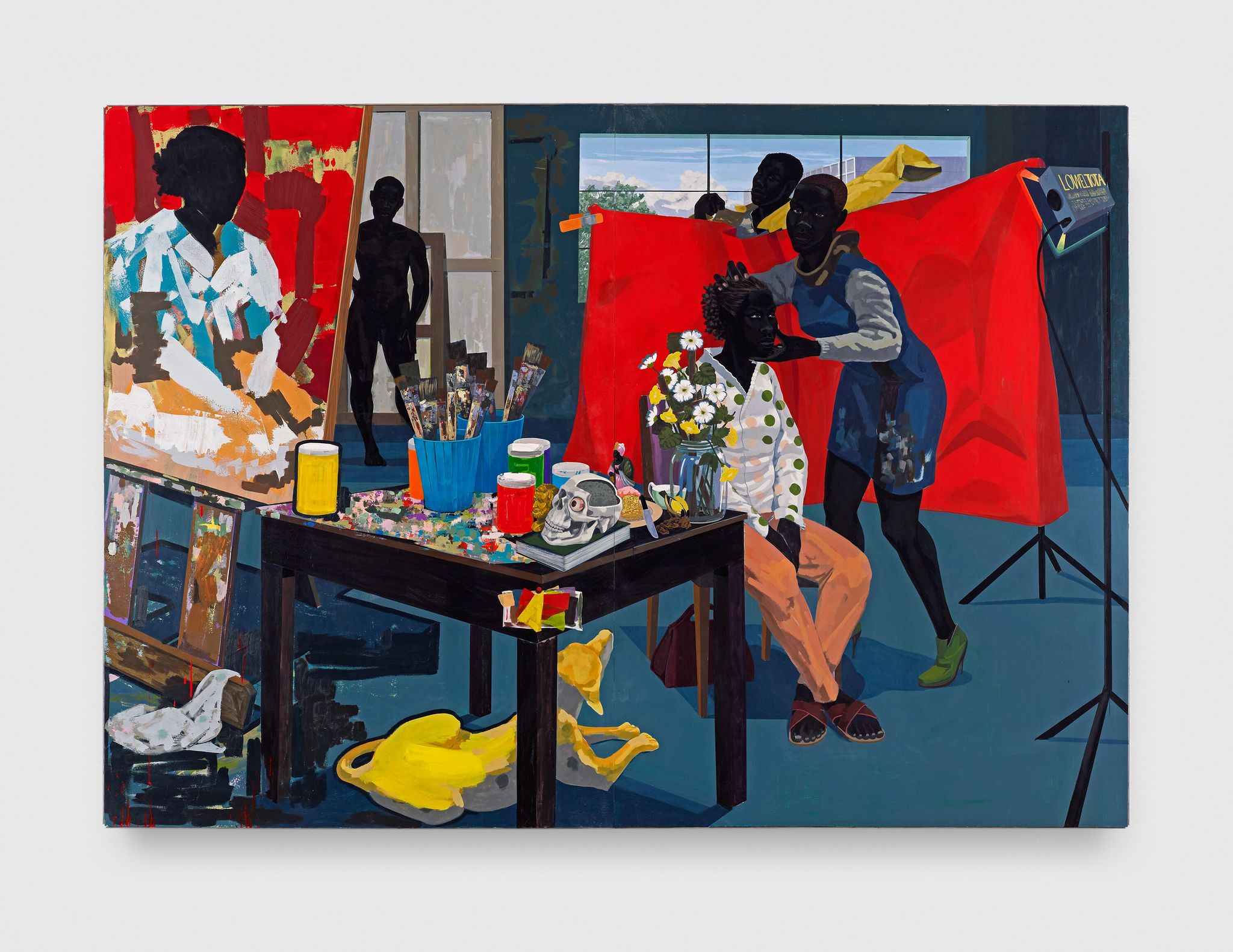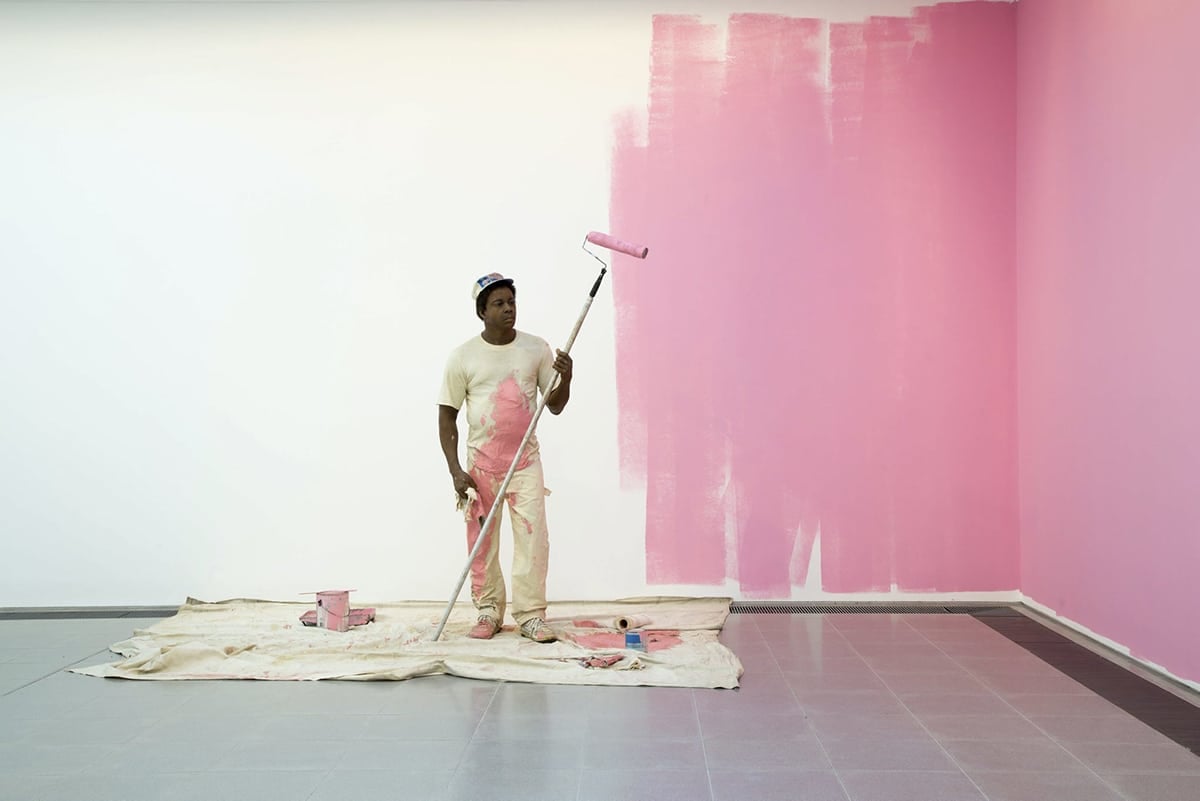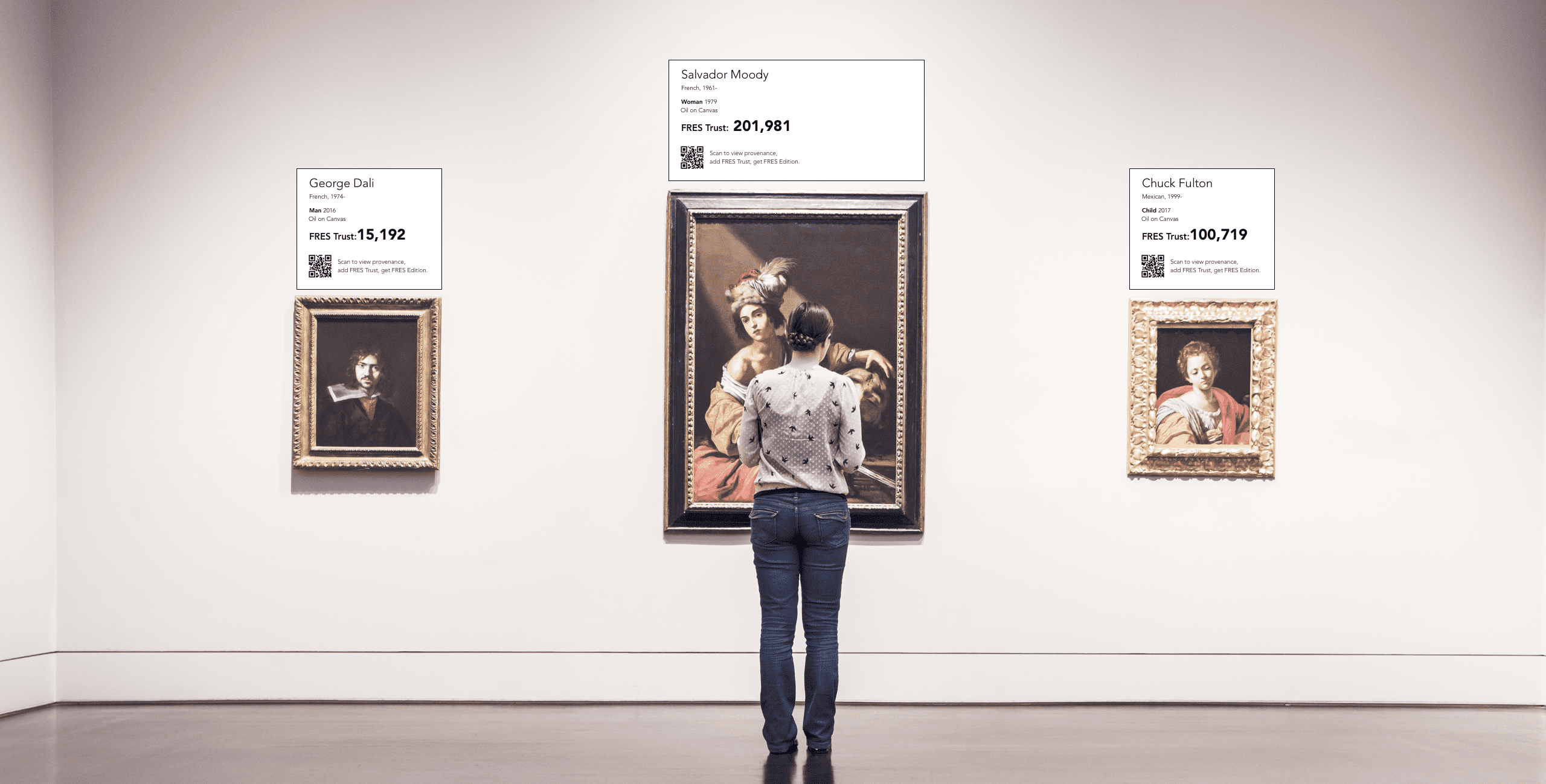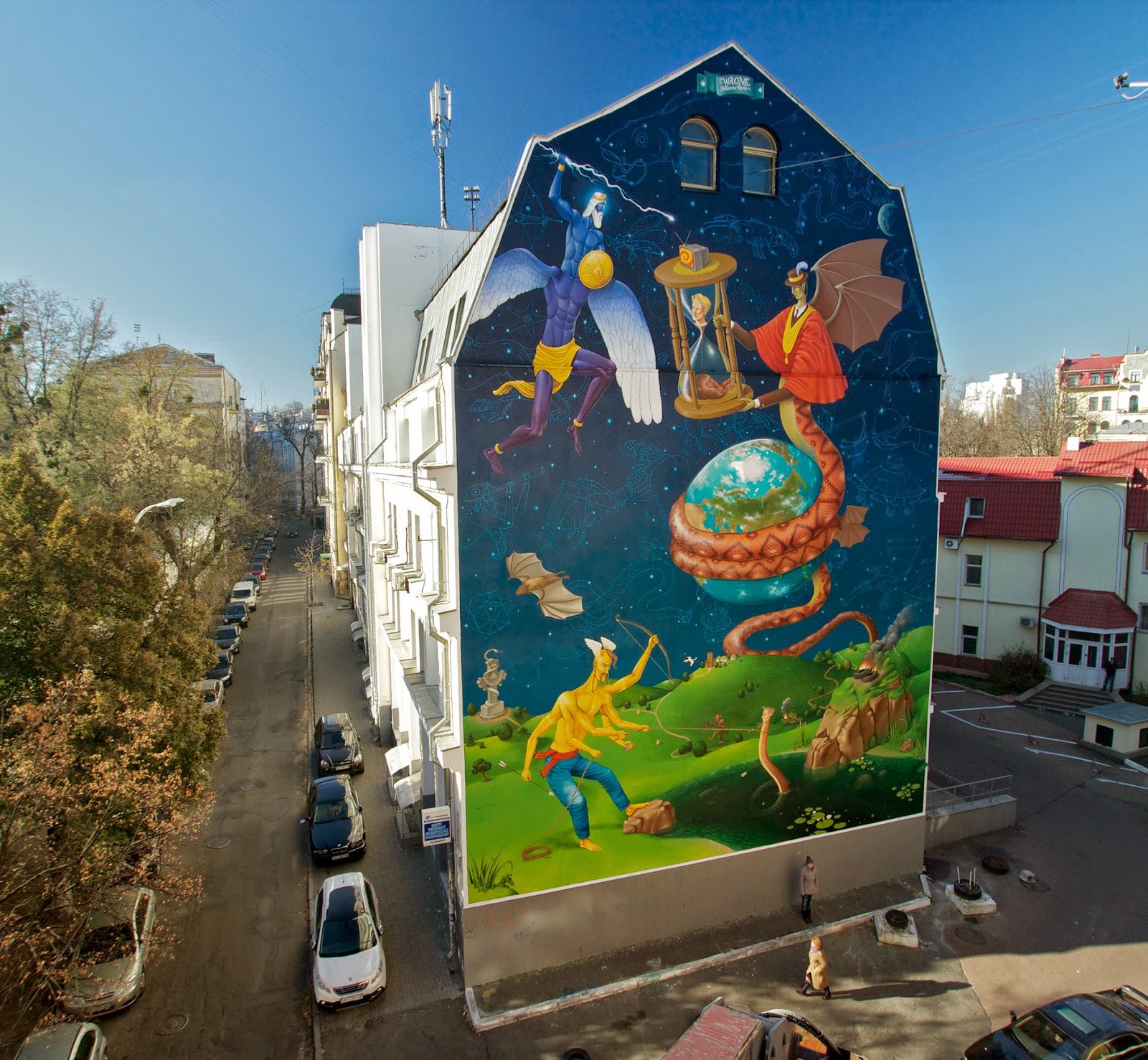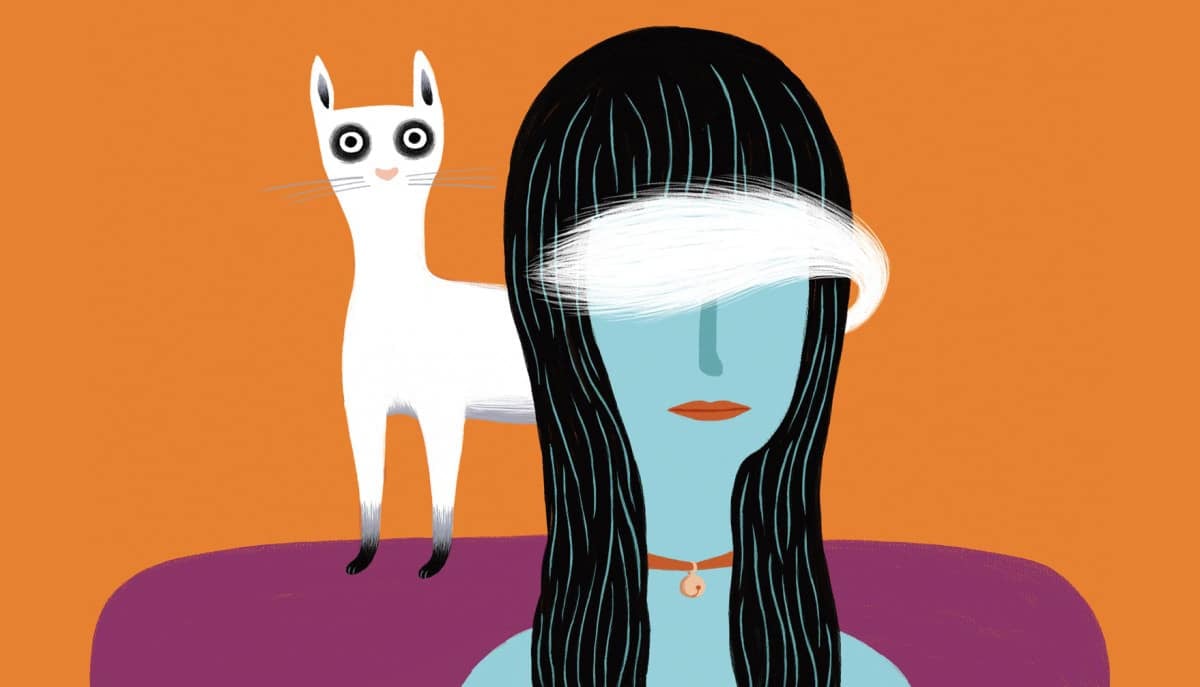Indie Art Across the Decades: Celebrating Independent Artists
Artistic expression has long been associated with freedom and creativity, and the indie art movement has played a pivotal role in challenging established norms and pushing the boundaries of artistic innovation. From the vibrant counterculture of the 1960s to the present day, independent artists have carved out their unique spaces in the art world, leaving an indelible mark on the cultural landscape. In this article, we will explore the most influential independent artists from each decade, tracing the evolution of indie art and its impact on society.
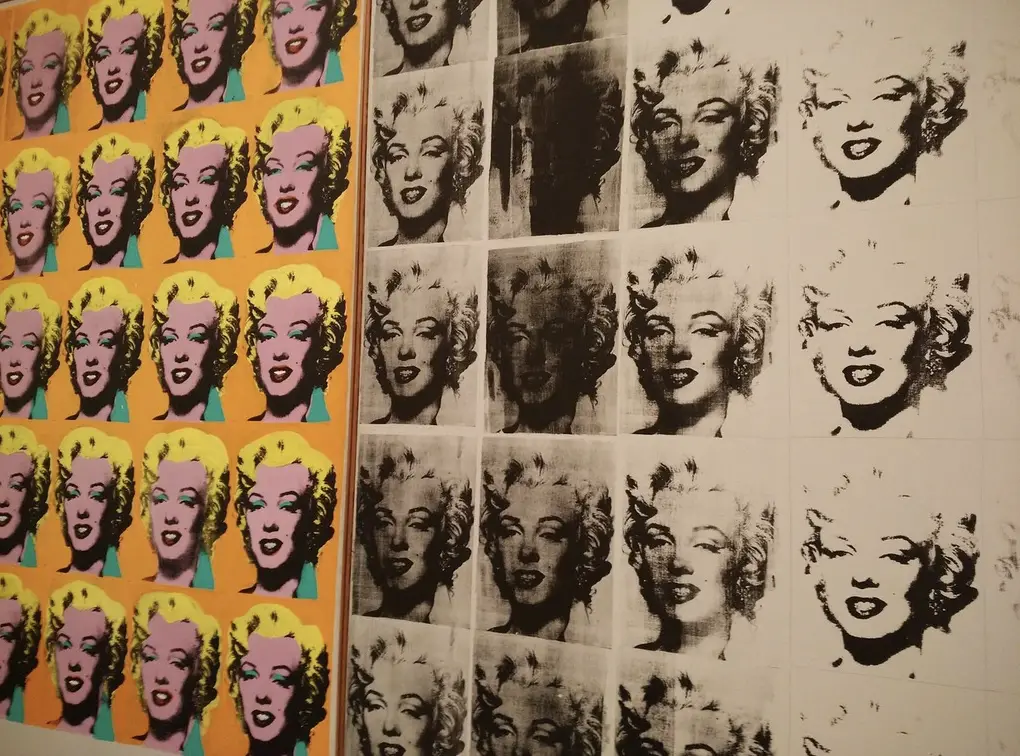
The 1960s: Andy Warhol – Pioneering Pop Art and Celebrity Culture
The 1960s marked a time of tremendous social change, and Andy Warhol emerged as one of the most iconic figures in the art world. Warhol’s exploration of popular culture and consumerism in his Pop Art creations challenged the notion of high and low indie art. His vibrant and mass-produced artworks, such as the iconic Campbell’s Soup Cans, celebrated consumerism and elevated everyday objects to the realm of high art. Warhol’s fascination with celebrity culture and his creation of the Factory, a studio and gathering place for artists, musicians, and celebrities, blurred the lines between art and life.
The 1970s: Jean-Michel Basquiat – Graffiti Art as a Voice of the Streets
In the 1970s, the graffiti art movement gained prominence, and Jean-Michel Basquiat emerged as a leading figure in the New York art scene. Basquiat’s work, characterized by his distinctive style, incorporated graffiti-like elements, bold colors, and expressive figures. His art often explored themes of racial identity, social injustice, and the dichotomy between wealth and poverty. Basquiat’s raw and powerful expressions resonated with the streets, and he became a voice for the marginalized and unheard. And an evergreen source of inspiration for indie artists.
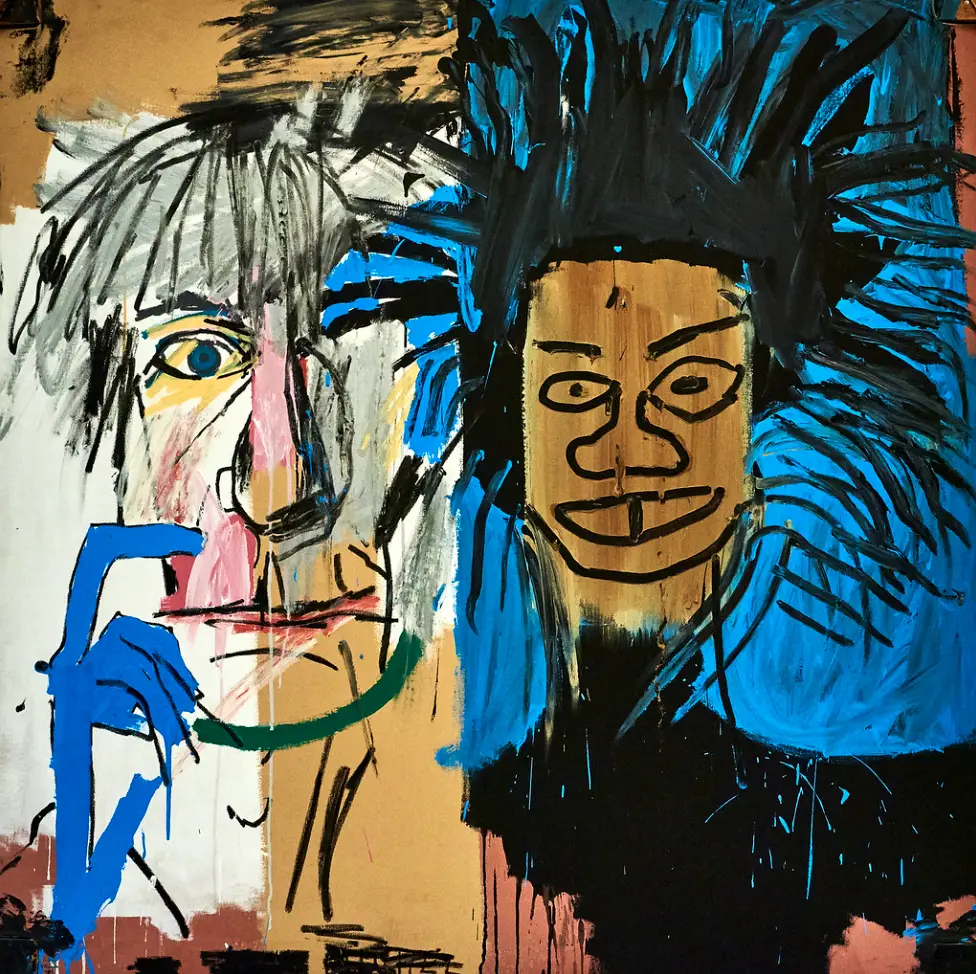
The 1980s: Keith Haring – Activism and Art as a Social Force
Keith Haring‘s artistic career coincided with the rise of the AIDS epidemic in the 1980s. Haring used his art as a powerful tool for activism, raising awareness about social issues and advocating for equality and compassion. His iconic symbols, such as the radiant baby and the barking dog, became a visual language that transcended barriers and connected people on a universal level. Haring’s public murals and subway drawings brought art to the masses, democratizing access to artistic expression.
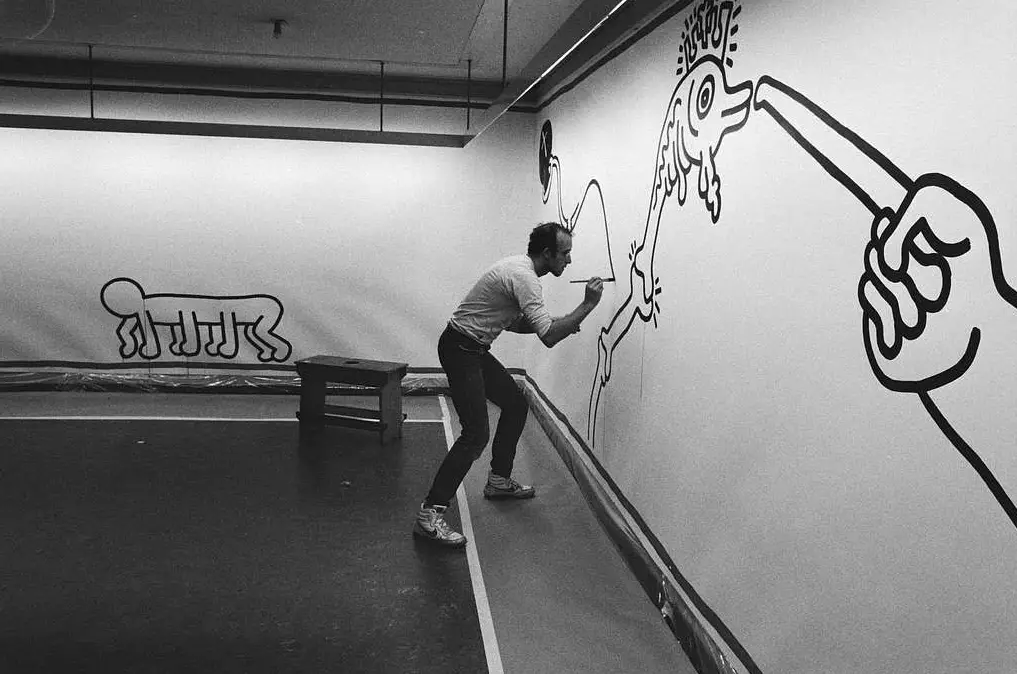
The 1990s: Banksy – Provocation, Anonymity, and Street Art Revolution
The enigmatic and anonymous street artist Banksy burst onto the scene in the late 1990s, challenging traditional notions of art and the establishment. Banksy’s stenciled graffiti artworks, often infused with political and social commentary, turned the streets into a canvas for social activism and satire. His clever and thought-provoking works addressed issues such as capitalism, war, and government surveillance. Banksy’s subversive approach and ability to remain anonymous have made him one of the most influential artists of our time.
The 2000s: Ai Weiwei – Indie Art as Political Dissent and Social Critique
Ai Weiwei, a Chinese contemporary artist and activist, rose to prominence in the 2000s, using his art to challenge the Chinese government’s policies and human rights abuses. Ai’s multidisciplinary work, which includes installations, sculptures, and photography, reflects his commitment to political dissent and social critique. He explores themes of freedom, censorship, and the power dynamics between the individual and the state. Ai’s art has garnered international attention and sparked important conversations about human rights and artistic freedom.

The 2010s: Yayoi Kusama – Infinity Rooms and Mind-Bending Installations
Yayoi Kusama, a Japanese artist, gained widespread recognition in the 2010s for her immersive and mesmerizing installations, particularly her infinity rooms. Kusama’s art delves into themes of identity, obsession, and the infinite. Through her use of mirrors, polka dots, and vibrant colors, she creates a sense of endlessness and transports viewers into otherworldly realms. Kusama’s work has captivated audiences around the globe, emphasizing the transformative power of art and the ability to create immersive experiences.
The independent art movement has continuously evolved over the decades, reflecting the social, cultural, and political shifts of each era. From the rebellious pop art of Andy Warhol to the provocative street art of Banksy, independent artists have challenged conventions, championed social causes, and ignited conversations that continue to shape our understanding of art and its role in society. The artists highlighted in this article represent a small fraction of the countless independent voices that have left an indelible mark on the art world. As we move into the future, independent artists will undoubtedly continue to push boundaries, challenge norms, and inspire us with their unique perspectives.
